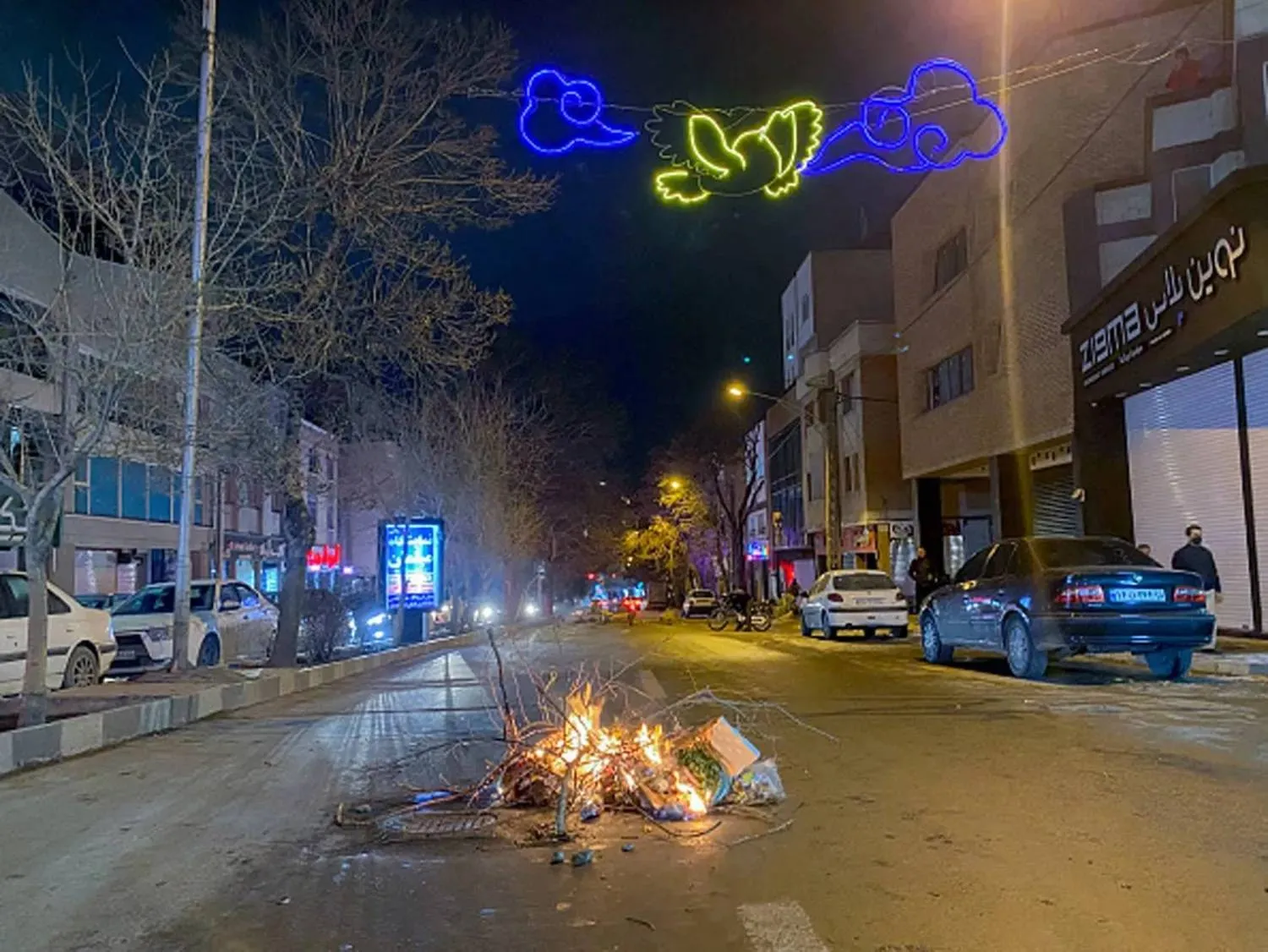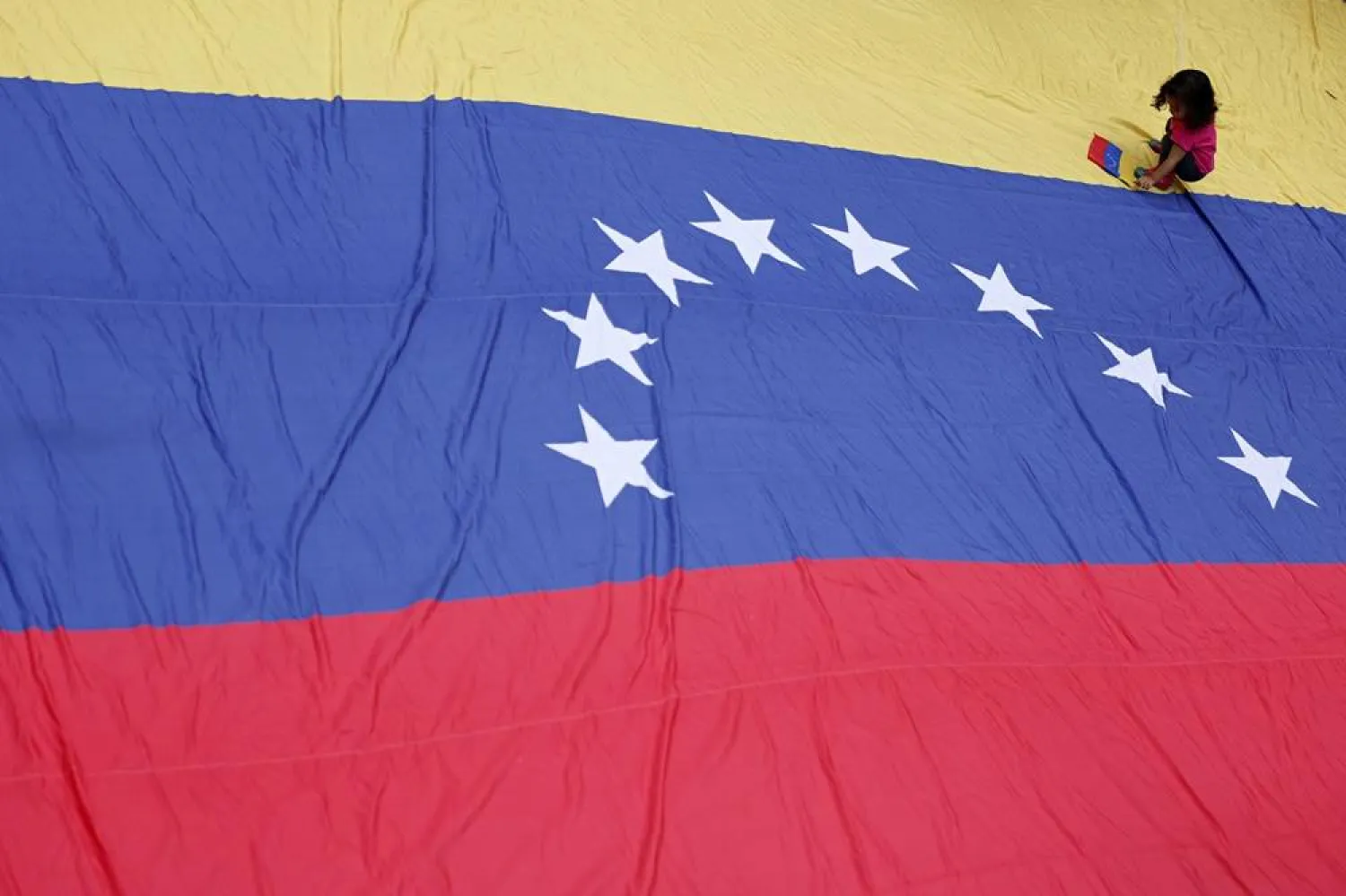Three years after Syria's government retook control of the flashpoint southern province of Daraa, regime forces have clashed with the opposition again, trapping thousands of civilians in the crossfire.
Nearly half of the population of the opposition-held Daraa al-Balad district have fled heavy shelling and ground battles, but the United Nations warns that remaining civilians are cut off with dwindling supplies.
On Thursday, the UN Special Envoy for Syria Geir Pedersen said civilians were suffering from "acute shortages" of food, fuel, water and medicines in a "near siege-like" situation.
"The situation is alarming," Pedersen said.
Here is what you need to know about the conflict.
Why is Daraa important?
Daraa, which borders Jordan and is close to the Israeli-occupied Golan Heights, is widely seen as the cradle of the 2011 uprising in Syria, which sparked a decade-long war that has killed almost half a million people.
In 2011, young boys who had scrawled graffiti against president Bashar al-Assad were detained in Daraa, sparking nationwide protests.
After the demonstrations evolved into war, opposition factions seized control.
The opposition hung on until 2018. But after weeks of deadly fighting, the Russia-backed regime retook control under a surrender deal.
Moscow had brokered similar so-called "reconciliation" accords in Syria's second city of Aleppo, as well the Eastern Ghouta region, outside the capital Damascus.
Under those deals, the opposition handed over their heavy weapons and left on buses. But in Daraa, many former opposition fighters stayed behind.
While some did switch sides and join regime forces, others kept their guns and maintained control over several areas.
In the provincial capital, Daraa city, regime forces returned to the northern half, known as Daraa al-Mahatta.
But the southern half, Daraa al-Balad, remained under opposition control.
What sparked the fighting now?
Since the 2018 "reconciliation" deal, Daraa province has seen regular explosions and hit-and-run attacks.
During presidential elections in May -- a vote widely criticized by Syria's opposition -- protesters in Daraa al-Balad took to the streets demanding the "fall of the regime".
The election was held only in the two-thirds of Syria under government control, and there were no ballot boxes in Daraa al-Balad.
After Assad celebrated winning his fourth term in power, he vowed to return all of Syria to state control.
Residents and activists believe the government wants "revenge".
"Many people in Daraa al-Balad are wanted by the regime," said activist Omar al-Hariri.
Which forces are involved?
In late July, some of the fiercest clashes to rock the province since regime forces returned left 32 dead, including 12 civilians, the Syrian Observatory for Human Rights said.
The government seized farmland outside Daraa al-Balad, before the fighting largely subsided, and Russian-mediated talks began.
But Hariri said pro-Damascus forces had continued to shell the area "to exhaust fighters who only have light weapons".
Mohammad al-Abdallah, director of the Syria Justice and Accountability Center, said Iran was pushing Damascus to bolster its forces there.
Daraa is close to the Golan Heights, occupied by Tehran's arch-foe Israel. Pro-Iran fighters are deployed in parts of the province.
Russia meanwhile has sought to boost its influence by backing the Syrian army's Fifth Corps, which has absorbed many ex-opposition fighters.
"Competition between the Iranians and the Russians over areas of influence in Syria" was also at play, Abdallah added.
Hariri said residents in Daraa al-Balad now face a bleak choice.
"We have two options," he said. "Let the Fifth Corps deploy with Russia pulling the strings, or face a sudden onslaught from regime forces."
What is the impact on civilians?
The UN's envoy Geir Pedersen warned Thursday of his "growing concern" at the situation, calling for an end to the fighting and unimpeded humanitarian access.
Around 24,000 of Daraa al-Balad's 55,000 residents have fled to surrounding areas or regime-controlled parts of the city, the UN humanitarian agency says.
"Civilians are suffering with acute shortages of fuel, cooking gas, water, and bread," Pedersen said. "Medical assistance is in short supply to treat the injured".
Regime forces encircle the district, with entry limited to a single road with checkpoints.
Abu Al-Tayb, a media activist in Daraa al-Balad, said people were "at the mercy" of regime forces.
"Sometimes only women and children are allowed to take the road, and sometimes they close it off completely," he said.
He said flour had run out, the regime had cut off the water supply to the main storage tank, and there were regular power cuts.
"We're making do with very little," he said.









